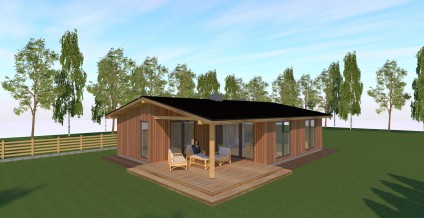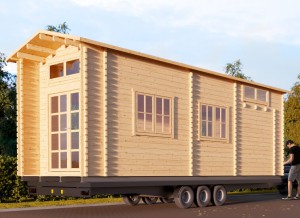There has been a lot of change in the way people organize their gardens, and it is therefore not uncommon to see people asking for tips on how to grow vegetables and flowers together. If you are in doubt as to whether this is possible and if you will have a good harvest at the end of the season, rest assured that there will not be any adverse effects.
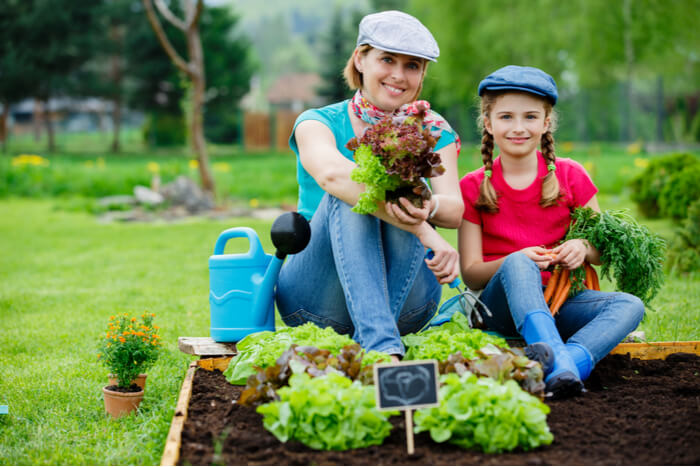
In the past, people opted to have flowers covering the front spaces of the yards for an aesthetic effect, and the veggies would be somewhere towards the back of the yard. But there has been a move from this, seeing as veggies and flowers can grow together, allowing you to move your plants closer to the front than you would in the past. And the interesting thing about this idea is that it is not new. While many people regard it as a very recent concept, it has been in practice for a long time. Back in medieval times, people grew herbs and flowers in kitchen gardens. The French also worked on creating lovely gardens by incorporating flowers in the vegetable beds, and this worked like a charm.
Having plants and veggies together allows you to brighten up your outdoors while getting adequate harvests from your plants each season. And it’s not only about the beauty brought about by this setup as many gardeners have realized that there is more to this than meets the eye. For one, flowers are attractions to pollinators, which also benefit the plants in your gardens. If you have been having trouble getting abundant harvests from your veggies, flowers may be the solution. With them in play, bees and butterflies will grace your garden and will fertilize the plants, ensuring that they develop at a fast rate.
Take the example of squash, yes, the vines may be strong and healthy and the flowers may tower above the leaves majestically, but if there is no pollination taking place, you will not enjoy any squashes come end of the season, which can be very frustrating after you have put in a lot of effort to get them to the maturity stage.
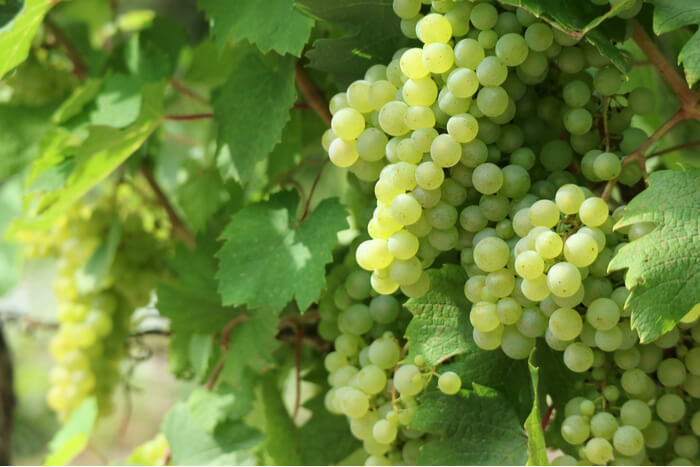
Flowers also encourage beneficial insects to live in your garden. Not all insects are harmful, and some work to prevent pests from accumulating in the garden by feeding on them. Also, having vegetables and flowers together keeps pests away as the merging of the different scents tends to confuse them. You, thus, end up using less time on maintaining the garden and can, therefore, work on other activities such as looking after your wooden shed.
There has been an increasing need for people to grow their vegetables, to avoid the products on the market, most of which are full of chemicals. What’s more, it is a great way to spend time outdoors unwinding after a long week. How can you ensure that the vegetables and flowers will grow in harmony? Well, there are some factors that you need to keep in mind:
Considerations
Animals
Animals are one of the threats that you have to think about when placing veggies and flowers in your garden. A good example in this case would be rabbits. Where vegetables are among flowers, the animals have more space in which they can hide as they feed on your plants. You may end up with a lot of damage and maybe nothing to harvest at the end of the season, so be sure to have mitigation measures in place.

Conditions
As much as you are bringing different plants together, you need to keep in mind that they all thrive under different requirements and you thus have to keep them at an optimum. Take vegetables, for example, most of them require at least six hours of full sunlight so that if you are planting them outdoors, you should ensure that they have access to the same. Where the plants are in a shed, you should position them towards a south-facing window where they can get the light they need.
Growing Times
You need to consider how long you would like the veggies to be in the garden. If you want to have the same plants in the bed for a long time, go for plants with long growing seasons such as beans. Where you wish to change the structure of the garden now and then, go for something that will take a season or two to mature before replacements are necessary.
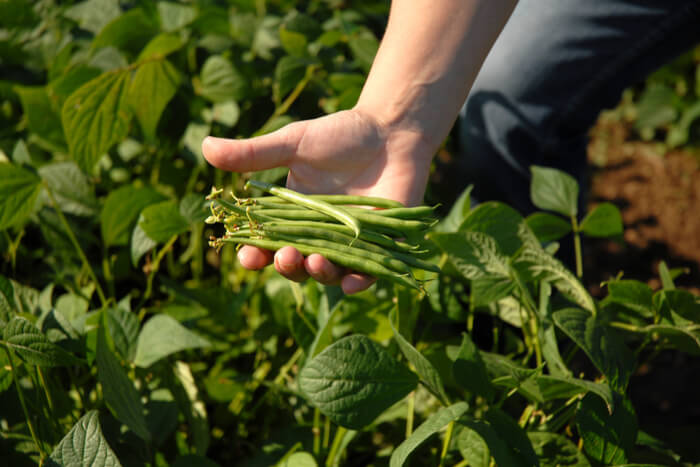
Order
For the garden to be attractive, you need to have some order in the way you arrange the plants. Here, landscaping comes into play. You can choose to go with colors such that you form a kind of rainbow or other color scheme that you want. You can also choose to go with heights such that when the plants are mature, they will create a lovely accent. The design will depend on what you want, so feel free to let your imagination run wild.
Planning the Space
You need to look into the conditions of the chosen site and whether they match the plants that you have in mind. Consider factors such as wind, the condition of the soil, the climate in the region, and other such aspects when deciding on where the flower and vegetable garden will be. Also, keep plants with the same requirements in the same area as this will help you when it comes to altering the soil conditions and watering. Where it is necessary, you may have to add organic manure or some fertilizer to upgrade the level of the soil nutrients before planting.
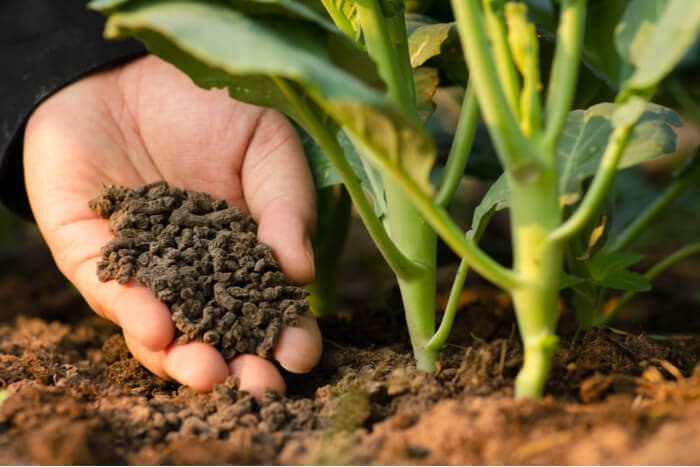
Rotation
Crop rotation is an essential step as it will help you protect your plants from pests and diseases. Aim to do this every year or season where it is possible. You can never be too careful.
Maintenance
The activities that you would conduct for your flowers and vegetables will remain the same, even as they grow together. Thus, keep up with the watering and weeding schedules and be sure to support the climbing plants as you watch your idea spring into life.
All the best!

